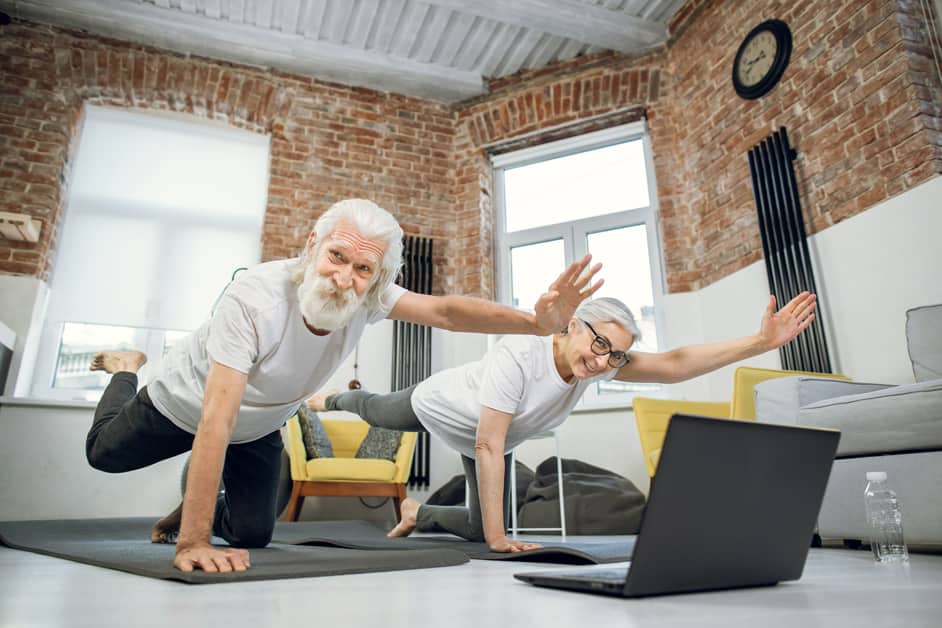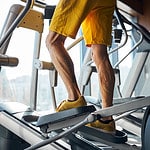Before the Game
Before shooting hoops, warm up your knees! Simple exercises and stretches can help minimize any injuries or soreness. Here are some tips to keep your knees cool and healthy before the game:
- Warm up your muscles.
- Stretch those ligaments.
- Don’t forget to hydrate.
- Take a break if you need it.
Warm up your muscles
Warm up before playing basketball! Start with light stretching exercises focusing on the legs and core. Dynamic stretches like arm circles and ankle rolls, or calf raises and squats can help improve range of motion and boost performance. Static stretching (holding a stretch for 30+ seconds) should be done after jogging or jumping rope.
Post-game, cool down with light aerobic exercises like jogging or walking. Targeted post-game stretches (static holds) will help release any lactic acid in the muscle tissues – especially around the knees. Finally, allow for recovery by drinking water, having sufficient rest, and regular foam rolling.
Stretch your muscles
Stretching should be done before and after playing basketball, or any intense physical activity. To cool down your knees, stretch the four major muscles: quadriceps, hamstrings, calves and hip flexors.
- Quadriceps stretch: Stand tall with feet apart. Bend one leg behind you. Use your hand to grab the top of the foot. With the other hand, hold onto something for support. Gently pull your heel towards your glutes. Hold for 20 seconds, then switch.
- Hamstring stretch: Lie on the floor with one knee bent. Keep that knee down. Straighten out the opposite leg. Use your hands to gently pull on the extended foot. Feel a deep stretch in the back of the thigh or buttocks. Hold for 20 seconds, then switch legs.
- Calf stretch: Stand facing a wall, or hold onto a table for support. Place one leg two feet behind you, heel firmly planted. Lean into the wall until you feel a deep stretching sensation from ankle to knee. Hold for 20 seconds. Switch legs.
- Hip flexor stretch: Kneel with one foot in front. Lean forward until hips are aligned. Don’t arch or move away – this will cause tension. Hold for at least 30 seconds. Then do other stretches.
During the Game
Playing b-ball? Cool down those knees! Injury risk drops when you do. Here’s how: During the game, cool your body. Don’t overheat the joints. Ways to cool? Let’s explore and find out!
Drink plenty of water
Hydration is essential to avoid joint pain and injury. Drink water before, during and after a game of basketball. During the game, take a break for some water. After the game, take a longer break and drink more to replace lost fluids.
Over time, proper hydration will help build resilience in your knees’ muscles, ligaments and tendons. This means you can enjoy the game with less post-game heat-related pain.
Take regular breaks
Take regular breaks while gaming. Scheduled pauses or timeouts should be taken so your knee joints don’t work too hard. Rotate out of the game on offense and defense now and then. Also, take a few minutes to restfully stretch at halftime.
Do dynamic stretches to improve mobility and give your muscles time to repair. Keep extra compression wraps and ice packs in your bag, fanny pack, or waistband. Compression boosts blood flow, reducing swelling and soreness. Ice packs help reduce inflammation and relieve pain from muscle tears due to too much court time.
After the Game
Basketball can tire your body, with your knees aching the most. It’s important to cool down before ending practice. Here’s a guide on how to chill your knees post-game:
Apply ice to the area
After a hard game of basketball, it’s important to take steps to speed up recovery. To cool down, wrap ice in a towel and put it on sore knees. Don’t put it right on the skin – use a thin layer of clothing or compression wrap. Ice should stay on for 15-20 minutes, with some time in between for the body to warm up. If discomfort increases after taking off the cold compress, wait before putting it back on. If you have intense pain, swelling or difficulty moving after the game, it’s best to see a doctor first.
Wear compression sleeves
Compression sleeves can help your body recover after a sporting event or workout. They provide support, reduce stress, and keep knee muscles warm. This can help reduce pain and swelling. Wearing compression sleeves and icing your knees after exercise can help reduce soreness the day after playing basketball and during the game itself.
Do light exercises
Cooling down after basketball is key to avoiding injury and helping your body recover. Stretches and light exercises are important parts of this. Focus mainly on your knees.
- Start with straight leg raises. Don’t forget to release the stretch before moving on.
- Then do calf stretches for flexibilty.
- Next, butterfly moves to stretch out your butt, thighs and groin.
- Roll out tight spots with a foam roller if you have one. This can reduce joint stiffness and help recover.
- Finish with hip hinge exercises like squats or lunges – these will activate your core muscles.
Light aerobic activities like jogging or walking for five minutes can help too. This will loosen up your knee joints, improve blood flow to reduce swelling and lactic acid build-up, and calm heart rate fluctuations for a smoother cooldown.
Long-term Care
A game of b-ball can leave your knees feeling sore. To keep them healthy over time, taking action during recovery is essential. Here’s what to do to cool knees down post-game:
- Take some time for long-term care. This is key for avoiding future health issues.
Increase strength and flexibility
To get back on track after a hard-hitting basketball game, start by boosting your flexibility and strength. This will help relax and revive the muscles in your lower body that had been under strain.
Kick off the recovery process by doing stretching exercises to restore the range of motion and elasticity of your knees. These include:
- Standing quadriceps
- Calf raises
- Standing lateral pulls
- Hamstrings stretch
- Runner’s lunges
Then, tackle the weak spots around your knees with specific exercises such as:
- Straight-leg raises
- Squats
- Wall pushups
Plyometrics are also helpful in increasing agility and decreasing joint stress – these include:
- Skipping drills
- Bounding drills
- One-legged jumps
These activities can repair any harm caused while playing basketball, while at the same time offering long-term protection against future injuries.
Note that recovery is an extended process, so be sure to take consistent care of your knees after a game of basketball or any other physical activity. Focus on strengthening the muscles surrounding the knee joint – this will stop further damage or pain, and also improve mobility.
Increase cardiovascular fitness
To cool your knees after basketball, focus on cardiovascular fitness. Activities like running and biking can reduce knee pain. They strengthen the muscles around the knee cap. This reduces inflammation and improves blood flow.
Jogging or swimming are great aerobic exercises to cool down your knees. Strengthening the muscles supporting your knee cap decreases wear and tear on the joint. Regular physical activity keeps cartilage healthy. This reduces swelling and soreness.
Stretching out after exercising helps with flexibility and range of motion. This makes it easier to move around during court sessions without straining your knees.
Wear appropriate protective gear
When playing sports, it is crucial to wear protective gear to reduce risk of injury. When playing basketball, one should wear knee braces or sleeves. They offer support and flexibility, and may even reduce swelling. It is important to ensure the knee gear fits comfortably yet snugly. After a game, one should remove them for proper cooling down.
Stretching and cold therapy are great for restoring mobility and relieving joint pain. Applying an ice pack on affected areas for 10 minutes after a game can significantly reduce inflammation and joint pain.
Frequently Asked Questions
Q1: How do I cool down my knees after a game of basketball?
A1: You should start by stretching your legs and ankles for a few minutes. This will help to reduce any muscle soreness and increase flexibility. After that, try using an ice pack on the affected area for 10-15 minutes. You can also take a cold shower or bath to help cool down your knee.
Q2: What are some exercises I can do to help cool down my knees?
A2: After stretching, you can try some low-impact exercises such as walking or swimming. These activities will help to reduce inflammation and soreness while also increasing blood flow to the area. You can also do some light exercises like squats, calf raises, and lunges to help strengthen the muscles around your knee.
Q3: What are some other ways to reduce knee pain?
A3: Other than cooling down your knee after a game of basketball, you can also try to prevent knee pain by warming up properly before playing. Stretching and doing light exercises can help prepare your muscles for the game. Additionally, it is important to wear proper shoes and to use knee pads or other protective gear to reduce the risk of injury.





